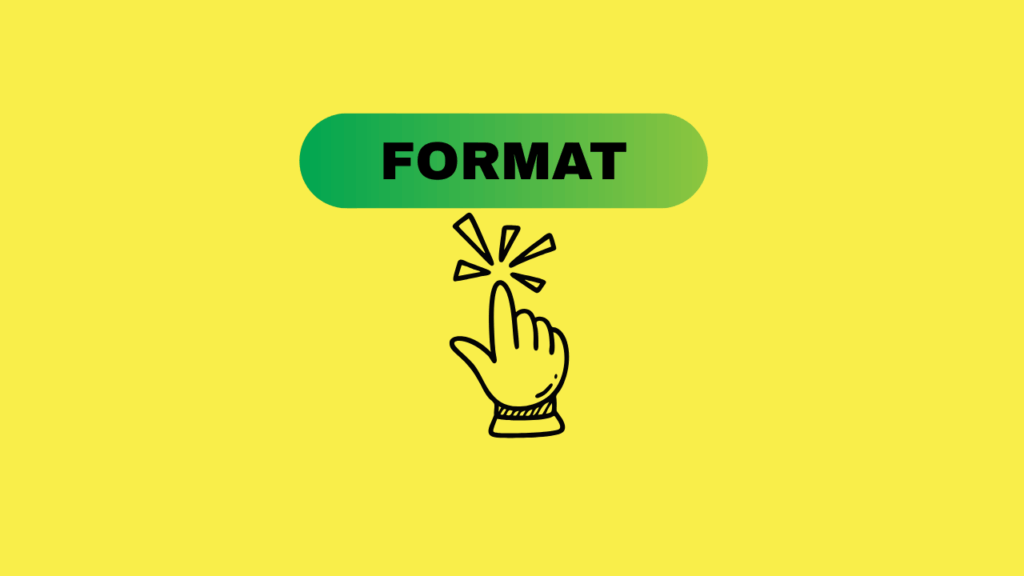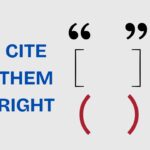How to Format Manuscripts for Conference Proceedings

Conference papers differ significantly from research papers, which often delve deep into a topic of study. However, papers presented at conferences are comparatively shorter in length and are written in line with the oral presentation.
This blog helps you understand how to write a conference paper, what components are commonly included in conference papers, and how a conference paper is generally formatted. You will also learn the formatting guidelines for an IEEE conference paper.
How to Write and Format Conference Papers
IEEE Conference Paper Format Guidelines
What is a Conference Paper?
In simple terms, conference papers are short pieces of research work that provide a preview of the research that authors wish to present to the scholarly community. Conference events are announced well in advance, and the organizing committee makes a call for papers to be submitted through their websites. Depending on the theme of the conference, researchers interested in that field can either register only as a participant or choose to present their research ideas. This is an opportunity for authors to get feedback from other experts in their field regarding their work, which could help them refine and improve their research.
The organizing committee carefully vets the submissions and shortlists the papers to be presented at their event. Once the authors present their research findings, these reports are documented as conference proceedings, which are then published and shared with the scholarly community.
How to Write and Format Conference Papers
Most conferences either provide a formatting template or specify the guidelines that authors need to follow before submitting their papers. A typical conference paper begins with a title (or a title page), followed by the abstract, study purpose, research objectives, findings, conclusions, future directions, and a list of references. Below is a description of how a conference paper is commonly structured.
Structure of a Conference Paper
Title page: The title of the paper should focus on the central idea of the research, giving reviewers a clear understanding of what the conference paper explores. This is followed by the author’s names and affiliations, along with the date of submission.
Abstract: Like research papers, conference papers also require you to provide an abstract summarizing the study. Start with the objectives and state your hypothesis, then briefly explain how you conducted the study (describe the steps in the methodology) and end the abstract with key findings and conclusions from the analysis.
Typically, there will be a word count limit of 200 to 250 words. But this varies from conference to conference; so always check the guidelines.
Introduction and methodology: The paper should then talk about the study itself. The introduction need not be as detailed as it would be in a research paper, but enough for reviewers to get context of the research problem.
The research methodology is the core of the paper because reviewers must clearly understand what methods were used and how they were implemented to conduct the study. So be sure to highlight important techniques that were used and theories that were considered during the analysis.
Findings: The results of the study should be covered next, outlining the key findings that proves (or disproves) your hypotheses. Yes, even negative results can be included since they could lead to further research questions and take the study forward.
Use tables, graphs, figures, and any other illustrations that will help display your quantitative results in an easy-to-understand format. Again, some conferences may have restrictions on the number of tables/figures allowed in the paper. So read the guidelines carefully.
Conclusions: The study implications should be discussed at the end of the paper. Make sure that your conclusions are data driven and summarize the insights in a way that gives clarity on the way forward, not just for you but for other researchers as well.
How does your study have real-world impact? What are the potential future research directions? What limitations can be addressed in subsequent studies? These are some questions you can answer in this section.
Reference list: The formatting of the reference list depends on conference requirements. Typically, you will be asked to cite the works by following the APA, MLA, or Chicago style guides. The citations can also be in any one of the formats: author-date style in parenthetical citations, superscripts, or numbers within square brackets. Be sure to maintain consistency in how the citations are mentioned throughout the paper.
Tips to Write Conference Papers
Now that you know the general structure and format of conference papers, here are some tips on writing the actual content.
- Provide an impressive abstract: Apart from the title, an abstract can make or break your paper since that is the first component that will give the reviewers and readers a peek into the details of your study. Abstracts are also a means for conference organizers to categorize your paper depending on the subject matter. So be clear about the problem you are addressing in your paper. Describe the steps taken to finding a solution to that problem and what you learned from your investigation.
- Keep it in line with the oral presentation: Conference papers should closely match the content you plan to present at the conference itself. Typically, you are given about 20 minutes to present your paper. So keep the paragraphs concise and to the point, and be mindful of the overall length of the paper. Practice reading the paper aloud to help tailor it to the actual presentation.
- Be aware of submission deadlines: Because conferences need time to review and evaluate the papers submitted, the deadlines to upload the documents will be well before the event itself. Do not wait until the final date to submit your paper. Give yourself sufficient buffer time to rework on your paper if needed so you will have a chance to resubmit the paper within the stipulated deadline.
- Follow formatting guidelines accurately: While there is a general format for most conference papers, always read the guidelines on the event’s official website to make sure you have the correct information on formatting the paper. For instance, some conferences require you to submit figures and tables separately from the main paper. There might even be restrictions on the word count, the number of pages, and the number of characters allowed in the title.
IEEE Conference Paper Format Guidelines
IEEE conducts over 2,000 conferences every year, and they provide a standard template1 outlining the format for papers that are later published as conference proceedings. Here’s a list of IEEE conference paper formatting requirements for your quick reference.
- The title should be written in 24 pt. Times New Roman font and centered at the top of the first page. This is followed by the authors’ details, which spans across two columns.
- The rest of the paper should be written in a 2-column format in 10 pt. Times New Roman, except for the Abstract and Keywords, which are written in 9 pt.
- The margins, line spacing, and column widths are all in built into the template and should be maintained as you write the paper. An easy way to do this is to have your content ready in a separate document and then copy-paste it onto the IEEE template.
- Headings of sections are indicated in Roman numerals (except the Reference section) and centered. Sub-headings, on the other hand, are labeled using alphabets and are italicized and flushed left.
- All tables and figures should be placed either at the top or the bottom of the columns. However, large-sized figures/tables can span over 2 columns if needed. The table captions should be placed above the tables, whereas the figure captions are written below the figures.
- The template differentiates between citations ad footnotes. All references must be cited in the paper as consecutive numbers within square brackets. If footnotes are used, they should be placed at the bottom of the column in which they are cited and numbered as superscripts.
Reference
1. IEEE conference paper template https://www.ieee.org/conferences/publishing/templates
Give more time for your research, spend less time formatting! Check out Editage’s Manuscript Formatting Services and get professional support for journal formatting.









